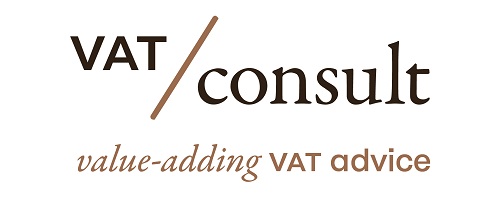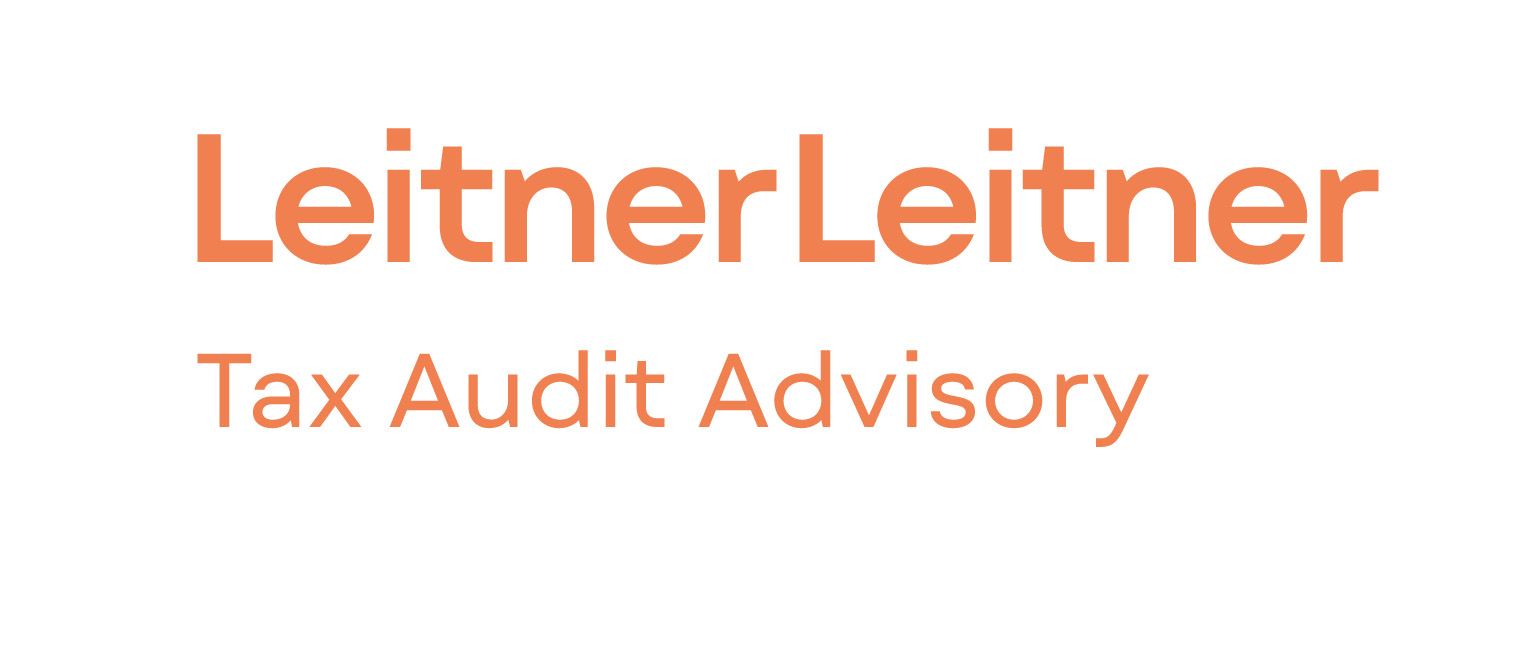- Dropshipping is popular for running a business without inventory, but VAT rules can be complex, especially with cross-border sales.
- VAT obligations differ by country and transaction flow, often requiring registration and reporting in multiple countries.
- Tools like OSS and IOSS help simplify VAT compliance for low-value goods and EU consumer sales.
- Businesses must actively track taxable turnover, register when thresholds are met, reclaim input tax, and maintain clear records.
- Dropshipping involves selling goods online without stocking them, leading to complex VAT obligations due to cross-border activities.
- VAT registration may be required based on annual turnover, cross-border shipping, customer location, and use of fulfillment centers.
- EU VAT registration is needed if country-specific thresholds are exceeded, or if the EU-wide distance selling threshold of €10,000 is surpassed.
- Non-EU businesses may also have VAT liabilities when selling to EU customers under new rules from July 1, 2021.
Source: taxually.com
Note that this post was (partially) written with the help of AI. It is always useful to review the original source material, and where needed to obtain (local) advice from a specialist.
Latest Posts in "European Union"
- MEPs Urge Simpler EU Tax Rules and Unified Tax ID to Boost Competitiveness
- European Parliament Debates Digital Services Tax Versus VAT Gap Solutions in Interparliamentary Meeting
- Applications Open for EU Member States to Host New EU Customs Authority
- ECHR: VAT Assessments in Italmoda Case Are Not Criminal Penalties Under Article 7 ECHR
- CFE Calls for Fundamental Reform of EU VAT Rules for Travel and Tourism Sector













